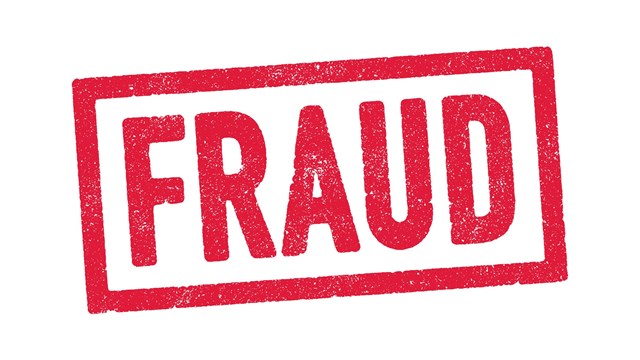
Q. I’m a shareholder in a co-op for 30 years. There is never a quorum at our annual meeting, so no voting for board members takes place. Is there a mechanism to request the removal of a board member who is ineffective, rude, disrespectful to residents, and not productive as a board member, other than being voted off?
—Concerned Shareholder
A. “Without seeing this particular cooperative’s bylaws,” says Adam Finkelstein, partner at the New York City firm of Kagan Lubic Lepper Finkelstein & Gold, LLP, “it is impossible to say for sure if there is any remedy, but if it is like most other co-ops, the writer faces an uphill fight to take action against this problematic board member. In almost all co-op bylaws, board members can only be removed by a shareholder vote. Many times that vote may be without cause, but there are co-op bylaws out there that do require cause. In this instance, it seems that a cause argument could be made, so that would not be the problem. The problem, though, is the lack of a quorum. In the absence of a quorum, the only vote that can be taken is to adjourn the meeting to a future date. No other business is permitted. Usually a quorum is a bare majority of all shareholders. Therefore, even if you have 49 percent of the shareholders attend a meeting—and assuming they are unanimous in their position to remove a director—that vote cannot proceed because you lack the sufficient participation level required. In such an instance, the recommended path would be to adjourn the meeting but hold it open to allow the solicitation of proxies or to get more people to be involved with the process by attending the meeting in person on the date the meeting reconvenes. If failure to obtain a quorum has been a persistent problem, we would also suggest lowering the quorum level to allow less people to take action. Again, each building’s bylaws may be different, but usually bylaws may be amended by the shareholders (voting at a duly called meeting in the presence of a quorum, so you would need that current quorum level to be in attendance to take the action), but sometimes bylaws or provisions of same may be amended by a board vote, which eliminates the problem of shareholders not being in attendance. In this case, though, it may be an issue, since at least one board member is less than productive and is difficult. If the other board members are inclined however, they can likely amend the bylaws at a duly called board meeting to lower the quorum limit, and that may permit the writer to take the necessary steps towards removing that director.”









2 Comments
Leave a Comment